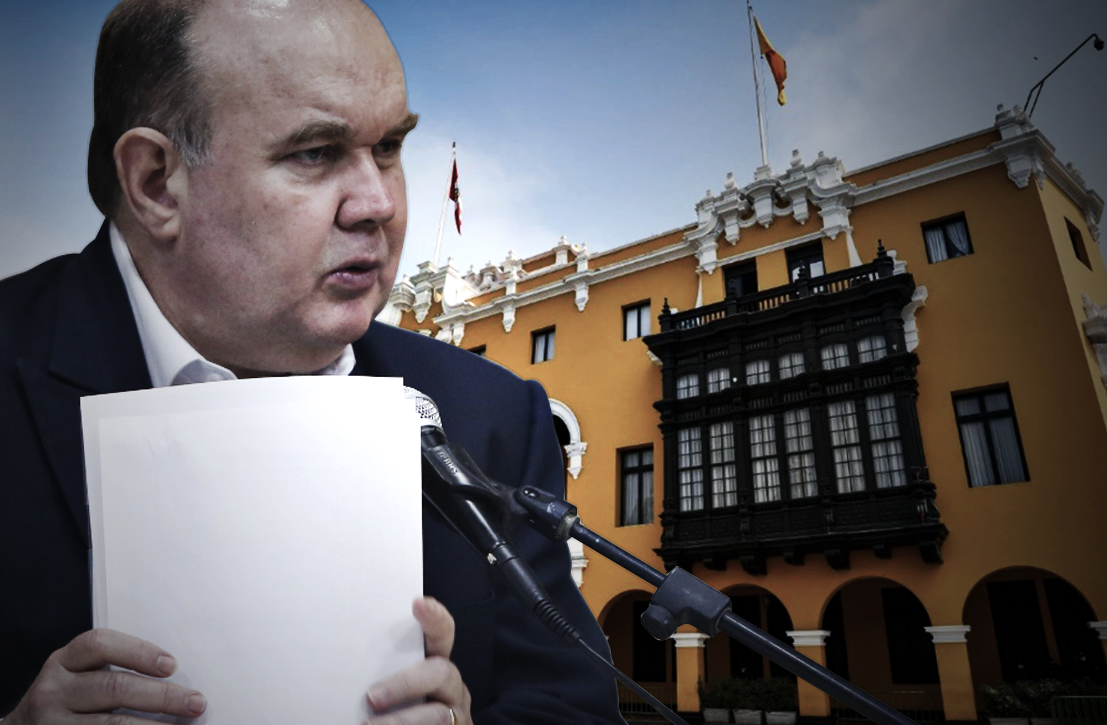
After eleven consecutive years, Lima is no longer the most competitive city in the country due to a sharp decline in the perception of public management and the increase in citizen insecurity, according to the results of the latest Regional Competitiveness Index – Incore 2024, prepared by the Peruvian Institute of Economics (IPE).
Instead, the Moquegua region is emerging as the new cradle of competitiveness in Peru, thanks in large part to the start of operations of the Quellaveco mine, operated by Anglo American. Arequipa, Tacna and Ica complete the Top 5.
For its study, the IPE takes into account six fundamental pillars: economic environment, infrastructure, health, education, labor competitiveness, and strength of institutions.
It is this last pillar that triggered the decline of Metropolitan Lima (measured together with Callao): it fell from second to sixth place due to the fact that it registered the second highest rate of crime victimization, as well as the fourth lowest approval of regional public management.
However, the limited progress made in decentralization still places the Peruvian capital in a key position: it maintains leadership in the pillars of Infrastructure, Health and Labor, as well as second place in Economic Environment and third position in Education.
In terms of health, Lima, Arequipa and Tacna lead the competitiveness in the Health pillar for the fourth consecutive year, while Loreto, Amazonas and Ucayali occupy the last positions. The situation is similar for Education, Moquegua, Tacna and Lima* are in the first positions of this pillar. Loreto, Huánuco and Ucayali are in the last positions.
IPE: competing in increasing poverty
At the national level, competitiveness is once again concentrated in the coastal regions. In contrast, the regions of eastern Peru remain relegated, with Loreto and Ucayali among the worst rated. But the region that fell the most was Tumbes, dropping three places.
Poverty is also associated with low competitiveness. According to the research, six of the seven regions with the highest levels of poverty in 2023 – the year in which this indicator reached 29% – are among the nine least competitive regions in the country.
In terms of labour competitiveness, Moquegua displaced Arequipa and became the second most competitive region in this pillar, only behind Lima. At the other end of the spectrum, Cajamarca occupies the last position in this pillar: it is among the five worst regions in five of the indicators it measures.
The northern regions had the greatest impact on the adequate employment rate in 2023, especially La Libertad and Lambayeque, as a result of natural phenomena. Manufacturing and the Talara Refinery operations contained the decline in Piura.
It is worth noting that Incore does not consider a variable that directly measures corruption. However, corruption affects the country’s competitiveness and is calculated through its impact on other indicators.
Peru’s competitiveness under the IPE’s magnifying glass
- The most competitive regions in Incore 2024 are Moquegua, Metropolitan Lima and Callao, Arequipa, Tacna and Ica. The least competitive regions for IPE are Loreto, Ucayali, Huánuco, Huancavelica and Cajamarca.
- The effects of the new Chancay megaport have not yet been measured by Incore, but it is expected that they will mark a total reconfiguration of the local competitiveness scenario for the Lima provinces segment.
Source: Larepublica
Alia is a professional author and journalist, working at 247 news agency. She writes on various topics from economy news to general interest pieces, providing readers with relevant and informative content. With years of experience, she brings a unique perspective and in-depth analysis to her work.











